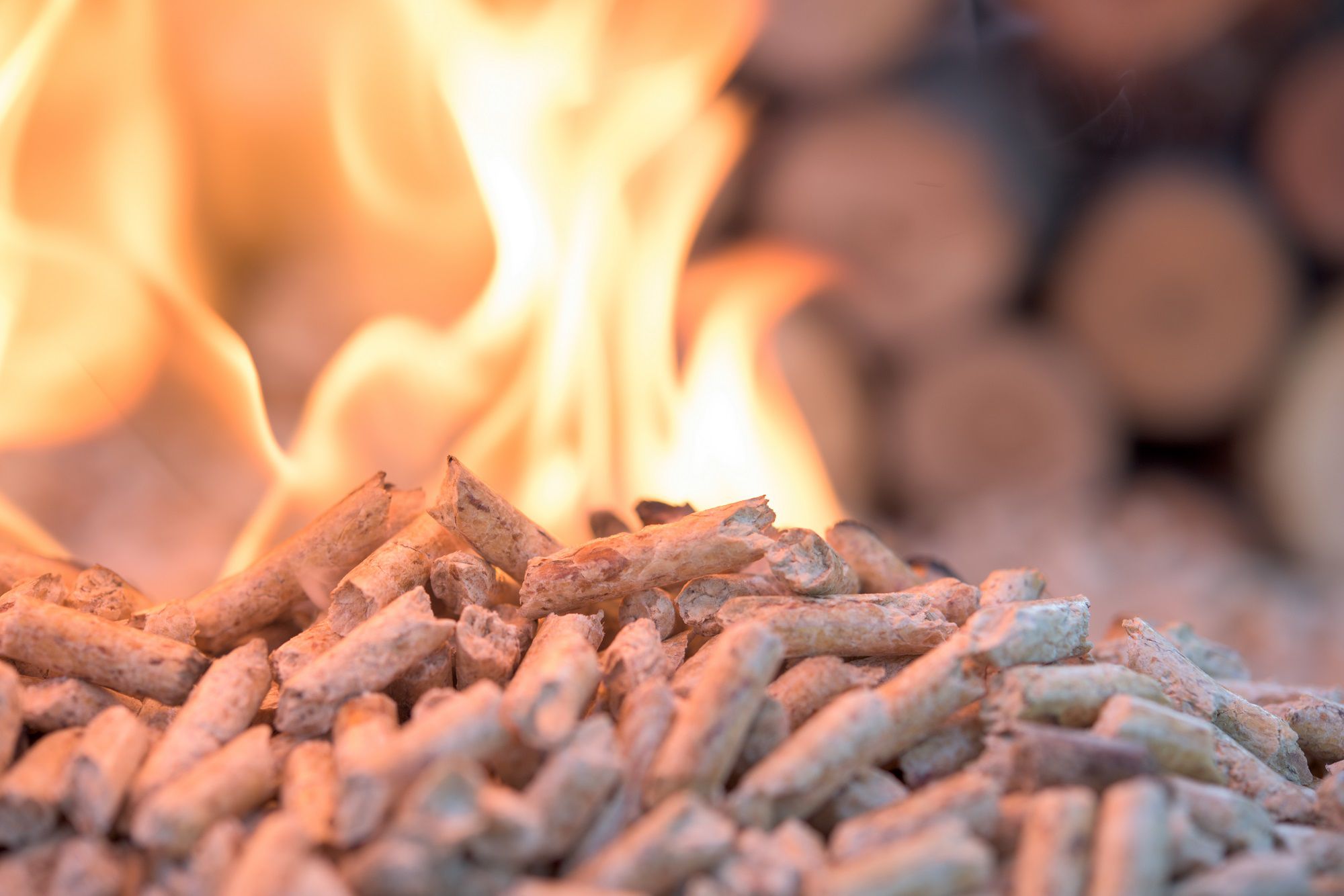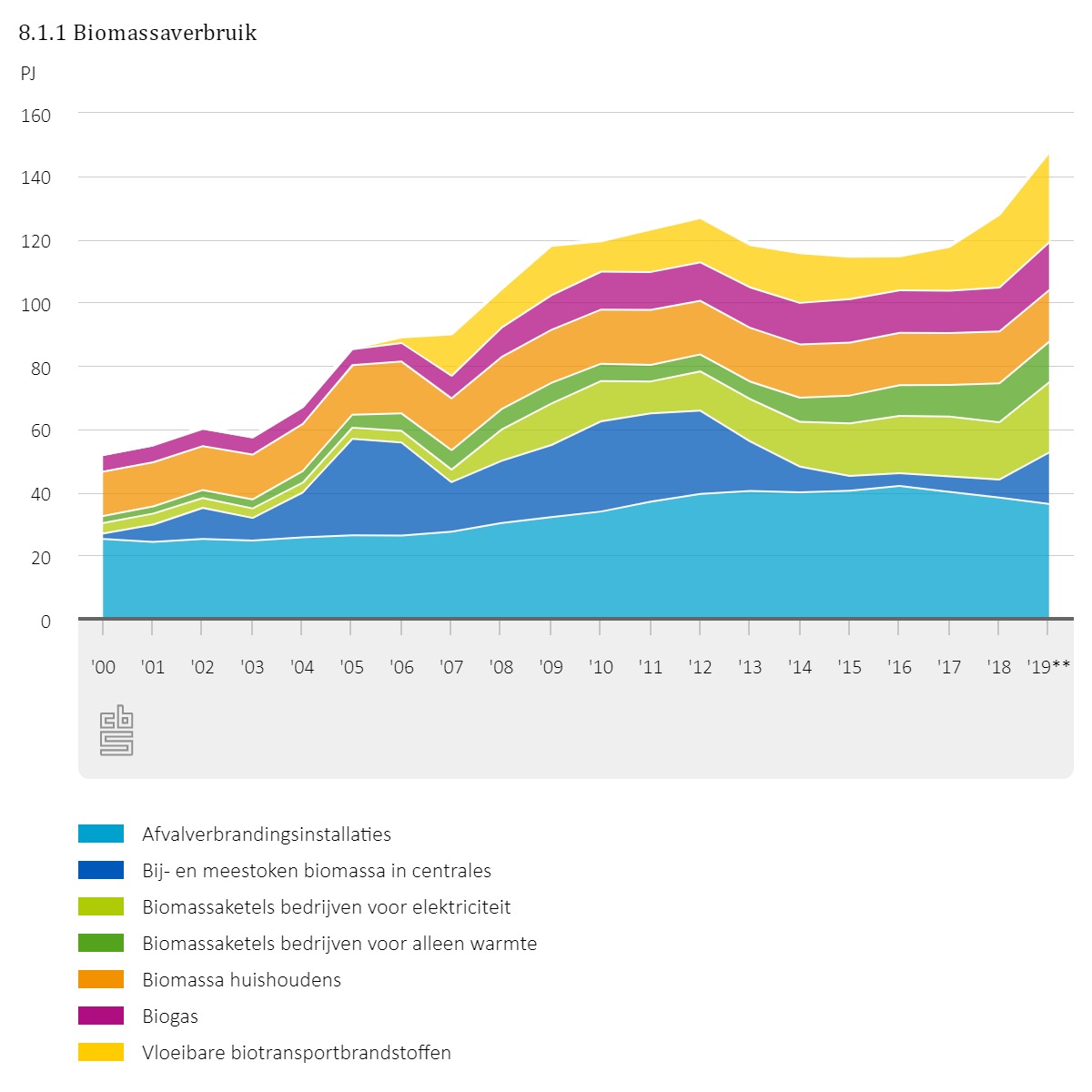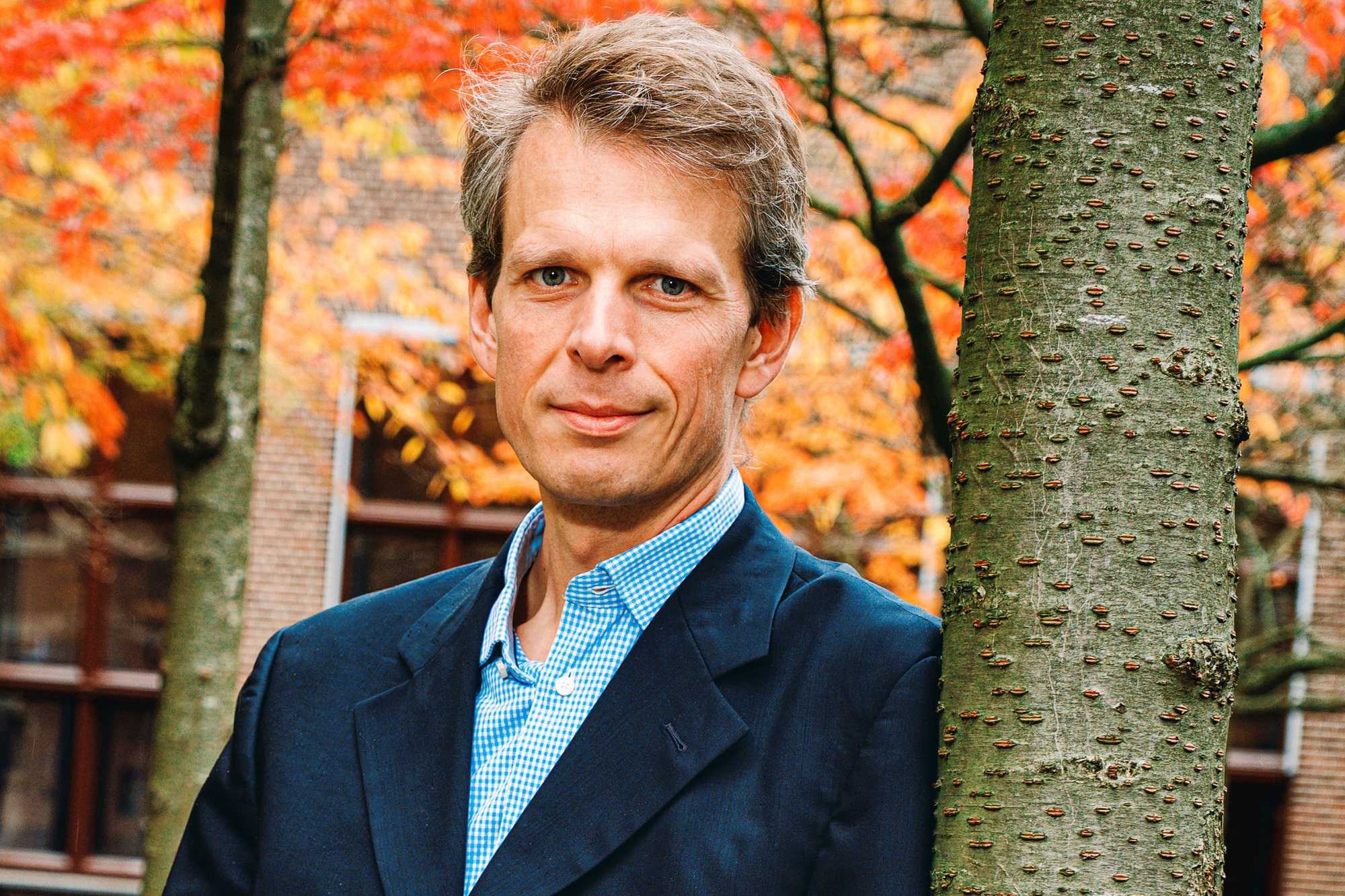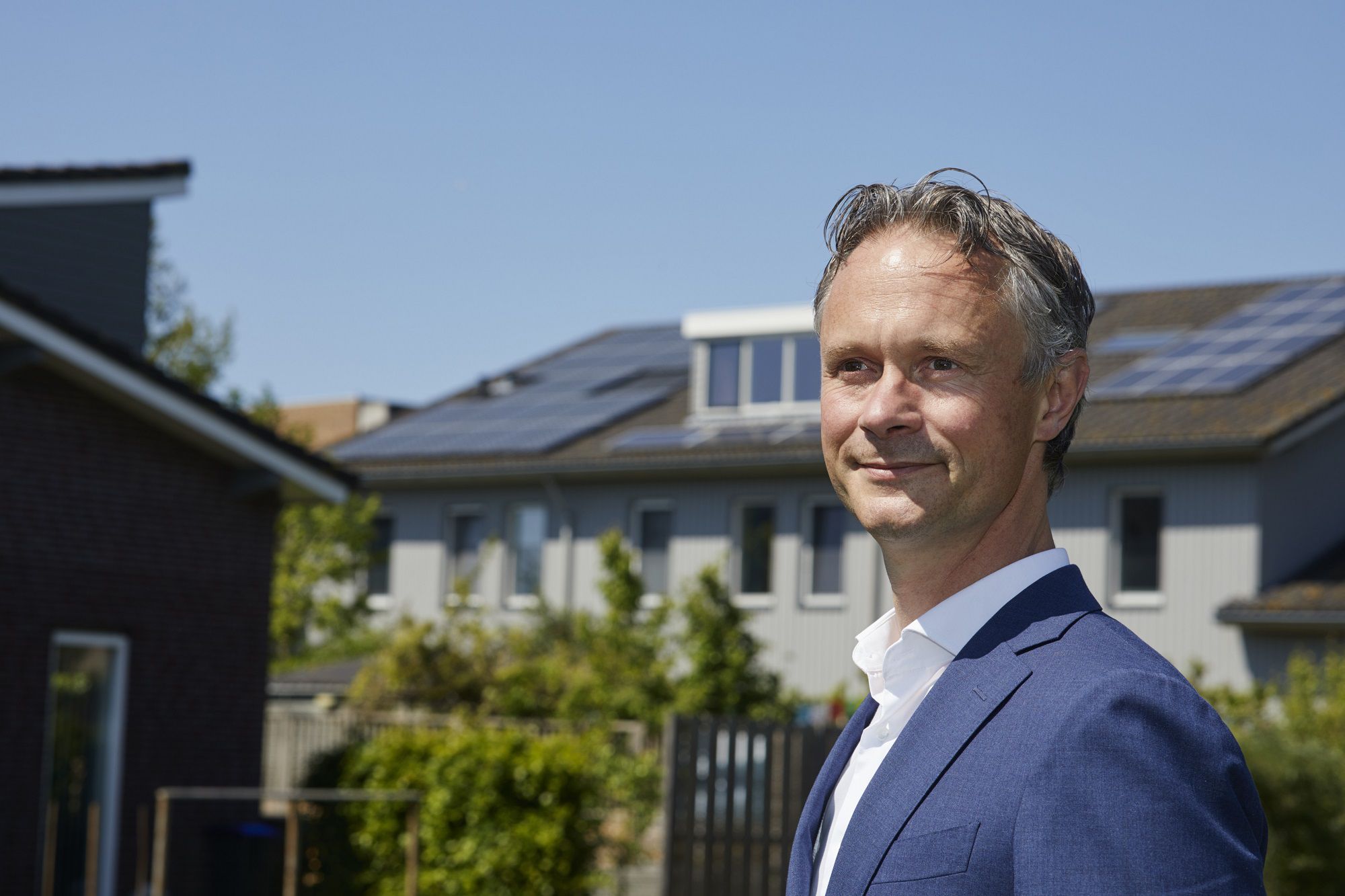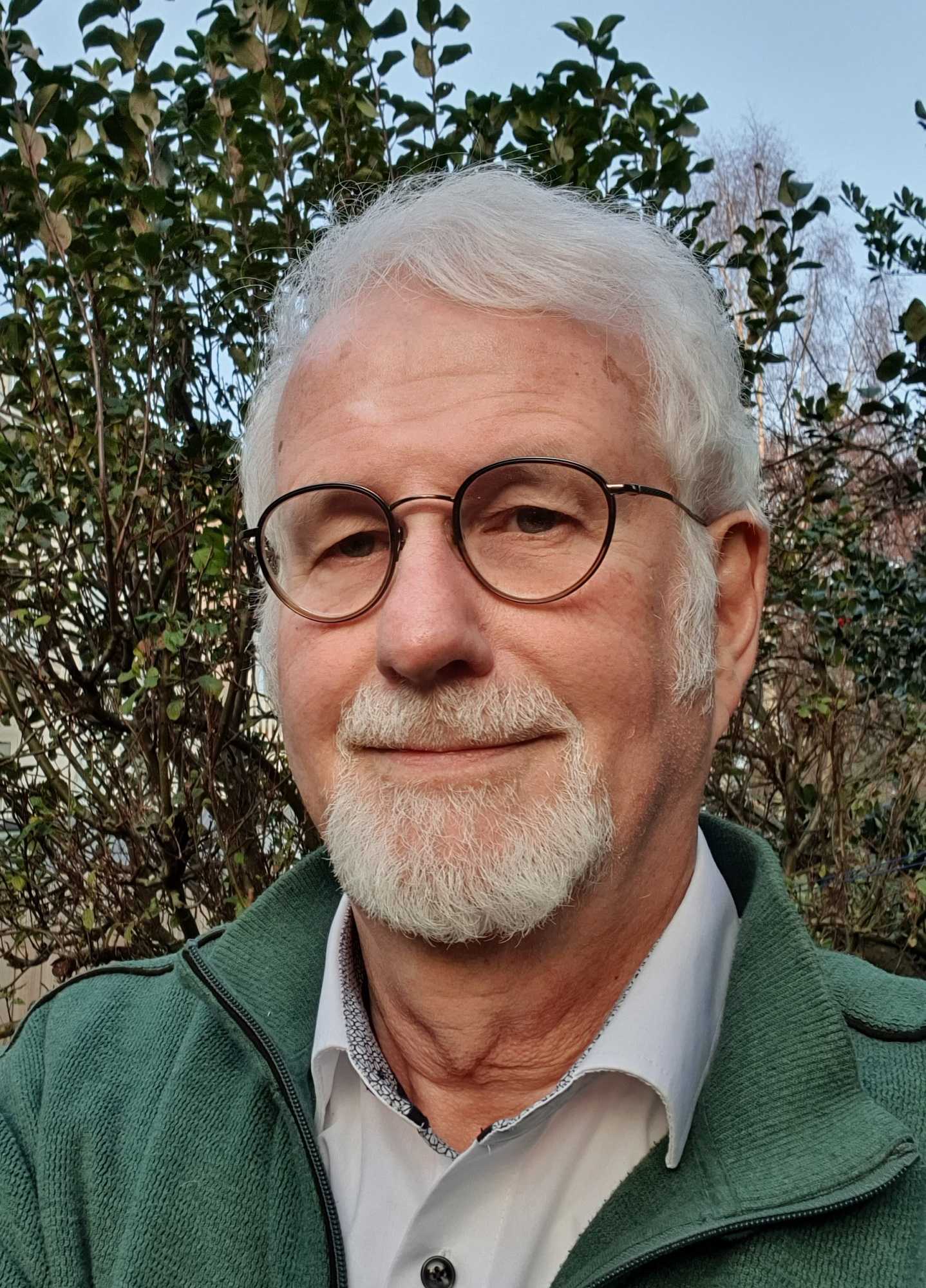Let’s begin with the hard targets. By signing the Paris Agreement, our country has committed to reducing its CO2 emissions by 49 and 95 percent by 2030 and 2050, respectively (in comparison to 1990). If all signatories (including the US) adhere to this agreement, the earth’s global warming will stay below two degrees Celsius – and preferably below one and a half degrees Celsius.
According to the IPCC, in this scenario the impact of global warming will stay within limits. To achieve these targets, countries will have to switch over to low-carbon or renewable energy and they will have to accelerate the phaseout of fossil energy or to start using it without any CO2 emissions. At this juncture, the Netherlands, which traditionally has strongly relied on natural gas and oil, is apparently experiencing more difficulty with this than other countries. Different measurements (Eurostat, PBL) show that in the EU the Netherlands is injecting the lowest percentage of renewable energy. In 2018, this was still as low as 7.4 percent, while today it is approaching 10 percent.
Healthy dose
Over the short term – that is this year-end – the Netherlands is not going to make the agreed-upon 14 percent target set out in the Energy Agreement. On the other hand, according to the Netherlands Environmental Assessment Agency (PBL) the Netherlands has partially caught up on its arrears and will still be able to achieve the 2023 interim target of 16 percent, says Michiel Hekkenberg, Researcher at PBL.
‘The expectation is that a large number of wind farms will be connected to the grid this year (2020; ed.). Quite a few projects were approved in recent years. If there are no setbacks, we will still achieve the 16 percent target in 2023,’ Hekkenberg asserts. Additional wind farms will also be connected in 2021.
The Netherlands will have to add a healthy dose to this between now and 2030. The European Commission has indicated that the percentage must be 26 percent by then (the Netherlands has in fact set the bar a little higher at 27 percent). On the basis of PBL’s KEV2019 Climate and Energy Report, this is feasible: by 2030 the share of renewable energy, including the measures set out in the more recent Climate Agreement, will amount to 30 to
32 percent. This means that the 27-percent contribution will be amply met.
‘If you were to eliminate biomass, the Netherlands would drop from 14 to 6 percent renewable energy. It goes without saying that the 2030 CO2 reduction target would then become unattainable.’
– Martin Junginger
Dire need of biomass
So now the key question is: will we be able to achieve the above-referenced targets with or without biomass? This question is relevant in view of the debate concerning the use of especially wood biomass – the combustion of this biomass in coal plants, bio-heating plants and in CHP plants.
‘Without biomass, we will not be able to achieve the 2030 target,’ argues Martin Junginger, affiliated with the Copernicus Institute (Utrecht University) as Professor. If you were to eliminate biomass, the Netherlands would drop from 14 to 6 percent renewable energy. It goes without saying that the 2030 CO2 reduction target would then become unattainable.’
This conclusion is shared by other parties, such as the Dutch Association for Renewable Energy (NVDE), the Bio-economy Platform (PBE) and the Netherlands Environmental Assessment Agency (PBL). In the Netherlands biomass accounts for approximately 60 percent of renewable energy (electricity, heat and transportation fuels).
Biomass comes in a multitude of forms and processes that can be used to generate energy. The graph in Figure 1 (Statistics Netherlands (CBS), 2020)illustrates the different forms and their energy share. It shows that wood biomass as a co-firing fuel accounts for a relatively small share. At one time good for more than one third of the renewable energy mix, it declined to subsequently flourish again in 2018 (due to the government subsidy scheme to 2027).
Distinct forms of biomass
In view of the ferocity of the current and ongoing debate about wood biomass, this relatively small share is surprising. All the more so because the majority of this biomass comes from the Netherlands. During the period from 2014 to the end of 2018, the Netherlands was entirely self-sufficient according to CBS, in part because of the strong decline in co-firing (see graph). The Netherlands has since become an importer of wood pellets (source: CE, 2020), but at the same time the Netherlands also exports wood biomass.
Furthermore, the PBE figures differ somewhat. In 2017, 82 percent of the wood biomass (residual flows from forest management, industry and used wood) came from the Netherlands. Imports primarily came from Germany and Belgium and only a small part (0.5 percent) came from overseas.
John Bouterse, board member on behalf of the PBE: ‘The debate about biomass needs to make a distinction about different forms of biomass. Due to the focus on wood biomass, it appears as if the other forms (green gas and the like) do not exist. This is why we created a Biomass Facts and Figures website together with other parties (Circular Biobased Delta, NVDE, Eneco, etc) to introduce this distinction.’
Biomass in Balance
The website may have appeared too late, however, and the outcome may now be fixed – at least in the Netherlands. But according to Bouterse this is not at all the case. ‘Yes, we are still experiencing negative reporting and opinion-forming in the media and on social media. The debate is still far too much based on emotions and on personal attacks. With the upcoming elections, things are not likely to settle down in the foreseeable future. Fortunately, Minister Wiebes is sticking to the previously introduced policy (including the wood biomass co-firing fuel subsidy scheme to 2027).’
‘Just like bioenergy, CCS is a thorny subject; however, it will still be necessary to compensate for the CO2 emissions of such plants and natural emission sources, such as peatlands and the like.’
– Wim Turkenburg on the use of gas plants
Junginger is also optimistic about the near future. By signing the SER Advice Biomass in Balance (2020), the various parties, including community-based organisations, have endorsed the use of wood and other biomass for the generation of energy.
‘The essence of the SER Advice is that the future of biomass lies in high-quality applications, such as materials and chemistry. This also enables you to (partially) fix CO2. Biomass for energy applications must be phased out whenever possible. They must be replaced by alternatives, such as geothermics, aquathermics and electrification (heat pumps and the like).’ However, the question is whether these alternatives have sufficient upscaling potential; also see the debate concerning the economic feasibility of heat pumps in older buildings.
Industrial heat
The authors of the SER Advice among other things conclude that for the time being biomass can be used for energetic applications for which there is no sustainable alternative. ‘For example, for the time being, biofuel is required for heavy transport, aviation and shipping. Commercial electric aeroplanes and synthetic kerosine manufactured from sustainable energy and CO2 do not yet exist.’
‘Furthermore, at present there are only very limited alternatives for industrial heat (temperatures of 200 degrees Celsius and higher),’ Junginger asserts. ‘At the present time, Dutch industry derives 95 percent of its heat from fossil sources. This is because you cannot achieve high temperatures with electrification, while it is possible with biomass. You can also use biomass as backup for solar and wind-generated electricity when there is no sun and/or wind and the outside temperature requires additional input. The major advantage of biomass is that it is controllable. You can turn a biomass plant on and off as needed. This is not possible with many other renewable energy sources.’
Challenges
However, the major challenge does not lie in creating a sustainable electricity supply. According to a PBL estimate, by 2030, wind and solar energy will generate 75 percent of our electricity.
However, heat production is the largest emitter of CO2 in the world, as well as in our own country. Globally, heat accounts for half (source: IEA) of all energy consumption (and 40 percent of CO2 emissions). This is significantly higher than electricity (20 percent) and transportation (30 percent).
Approximately 50 percent of the total heat is used for industrial processes (globally). Another 47 percent is used in buildings for space and water heating and, to a lesser extent, for cooking. These proportions differ in the Netherlands (developed environment (47 percent), industry (43 percent) and agriculture (10 percent)).
As Junginger stated, the heat supply continues to heavily rely on fossil energy sources, in particular natural gas. While the fossil share is decreasing, as shown in the Heat Monitor 2019 (Netherlands Organization for Applied Scientific Research (TNO)), the road ahead is still long and bumpy.
‘The debate about biomass needs to make a distinction about different forms of biomass. Due to the focus on wood biomass, it appears as if the other forms (green gas and the like) do not exist.’
– John Bouterse
Ede heating network
As stated earlier, low temperature heat for buildings can be generated by sustainable electricity sources, for example for heat pumps, if necessary supplemented by biomass (for buildings that are not suitable for heat pumps in combination with insulation).
‘Biomass, including wood biomass, is currently the only renewable heat source for high temperature heat that is controllable,’ argues Olof van der Gaag, Chairman of the NVDE. ‘That does not mean this could not change over the years. There are renewable alternatives, such as geothermics, or composite solutions that combine multiple forms, such as the Ede Heating Network, which deploys solar boilers, biomass and geothermics. Geothermics is still in its infancy in our country. However, various projects are taking off at the present time, primarily because government is subsidising them through the Renewable Energy Production Incentive Scheme (SDE++).’

Kramer’s inaugural lecture includes an outlook for 2050, which makes it clear that electrification (solar and wind) can cover off a large part of the global energy supply. However, other energy sources are required as well.
Hydrogen
In terms of the question as to whether hydrogen (as a heat source or transportation fuel) can offer any relief over the short term, Van der Gaag answers in the negative. ‘Green hydrogen produced using solar and/or wind energy is a controllable option. However, I don’t see a large-scale application of this option happening over the short term. There are various issues that still require attention, such as ways in which to make this economically competitive and ensuring that large quantities of clean electricity are available to produce it.’
Because these options do not provide an alternative over the short term, this brings gas plants back into the picture. In Germany, natural gas qualifies as a transitional fuel, whereby gas plants take over the capacity provided by coal and brown coal, at least for this decade. Natural gas hit the headlines once again in our country as well. ‘Why is the Netherlands forced to move away from gas, while other countries are in fact switching over to gas’ was a much-heard statement on social media. ‘The question remains whether the Netherlands should focus on natural gas,’ says Junginger. ‘Phasing out Dutch gas increases our dependence on foreign gas, particularly from Russia. This entails geopolitical risks and the GHG emissions associated with the transport of Russian gas (in part due to leaking pipelines) are higher than those of Dutch gas or wood residual flows.’
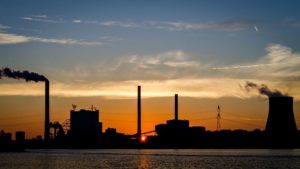
Wood biomass does not necessarily have to come from the forestry industry. No doubt other residual flows can also be used as co-firing fuel. For example, RWE has investigated the possibility of using bagasse – a fibrous residual product left over from sustainable sugar cane cultivation – for producing sustainable electricity and heat. (Photo: Amer power plant in Geertruidenberg, the Netherlands)
Role of CO2 capture and storage
Wim Turkenburg, former director of the Copernicus Institute and one of the national and internal authorities in the field of energy and climate, believes there is a role for natural gas and biomass plants as a supplement to other renewable sources (in particular wind and solar). ‘However, in that case the CO2 must be captured and stored on earth, for example underground (CCS). Just like bioenergy, CCS is a thorny subject in the environmental movement; however, it will still be necessary to compensate for the CO2 emissions of such plants, as well as from natural emission sources, such as peatlands and the like. Ultimately, we will have to move to negative emissions: annually extract more CO2 from the atmosphere than we emit into it.’
‘Biomass, including wood biomass, is currently the only renewable heat source for high temperature heat that is controllable.’
– Olof van der Gaag
Finally, nuclear energy. This topic has also reappeared on the political agenda. The media, including Lubach – a Dutch comedian, author and TV host –, has highlighted nuclear energy as a serious option for our country in a future energy mix. A few years ago, Turkenburg and his staff carried out a study in which they simulated the Western European electricity supply in 2050 and which, with macroeconomic justification, originally assumed that nuclear energy could supply one third of the electricity production in 2050. ‘In the meantime the costs of solar and wind energy have dropped considerably and this trend is persisting. Following a recalculation, nuclear energy is shown to be too expensive. Aside from solar cells and wind turbines, other technologies are more attractive economically. Such as energy storage, biomass plants with CCS, as well as natural gas plants with CCS. Nuclear energy has only become more costly over the last decades, while other forms of energy have moved in the opposite direction. Nuclear power plants will have to become considerably less costly if they are to become attractive economically. However, if we are going to prohibit the use of biomass, natural gas and CCS in the energy supply, then nuclear power plants come back into the picture.’
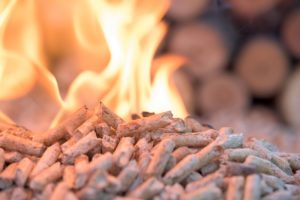
Biomass, for the time being an option for energetic applications for which there is no sustainable alternative, such as biofuels for heavy transport, aviation and shipping. Furthermore, at present there are only very limited alternatives for industrial heat (temperatures of 200 degrees Celsius and higher).
In conclusion…
All forms of energy generation come with certain objections. If not the excessive costs, then the impact on climate, humans, animals and the environment. In our tiny country, wind and solar energy installations consume valuable space and invade the living space of humans and animals alike. Nuclear energy is expensive and – depending on the technology – carries risk (see Fukushima, Harrisburg). That leaves oil and gas, but isn’t that what we want to move away from?
As things stand today, and aside from any pros and cons, there is no single energy source that can meet the entire demand for electricity and heat. Difficult choices will have to be made. ‘Currently the debate is primarily centred on what is not possible or desirable,’ Van der Gaag asserts. ‘That’s fine, but then there must be alternatives, particularly for high-temperature heat energy, as stated previously. If not, we will keep going in circles.’

